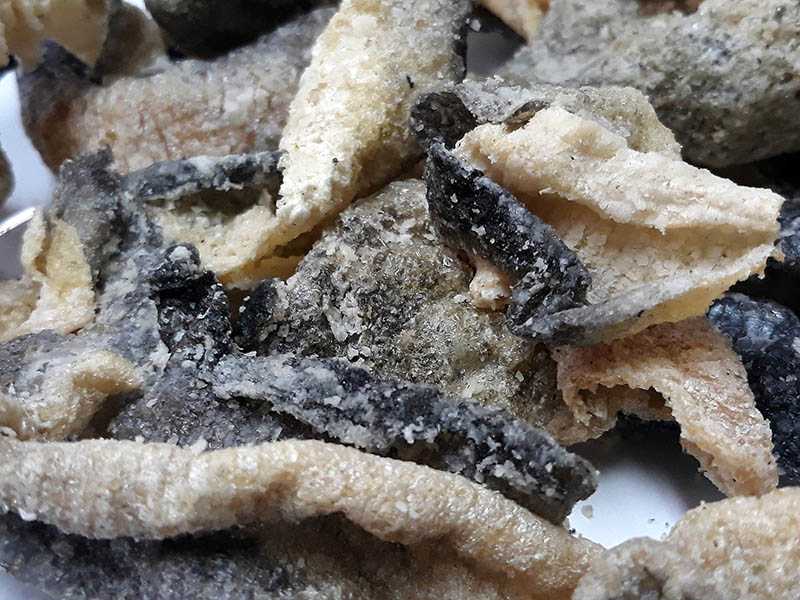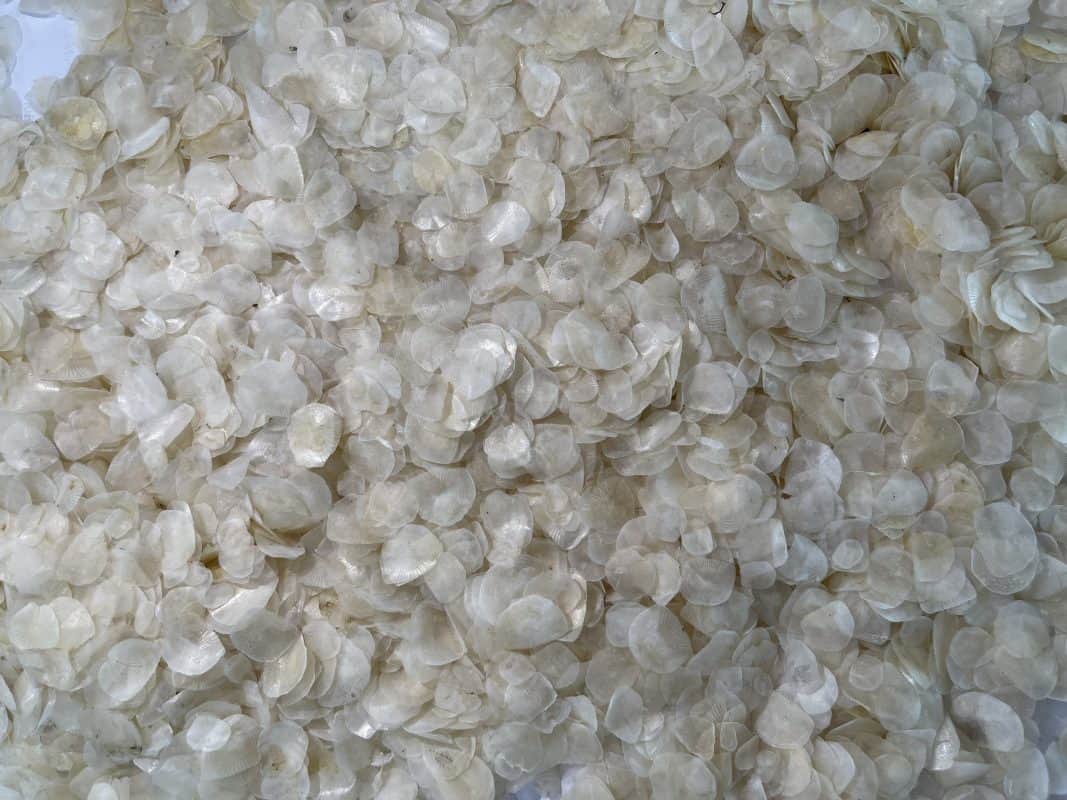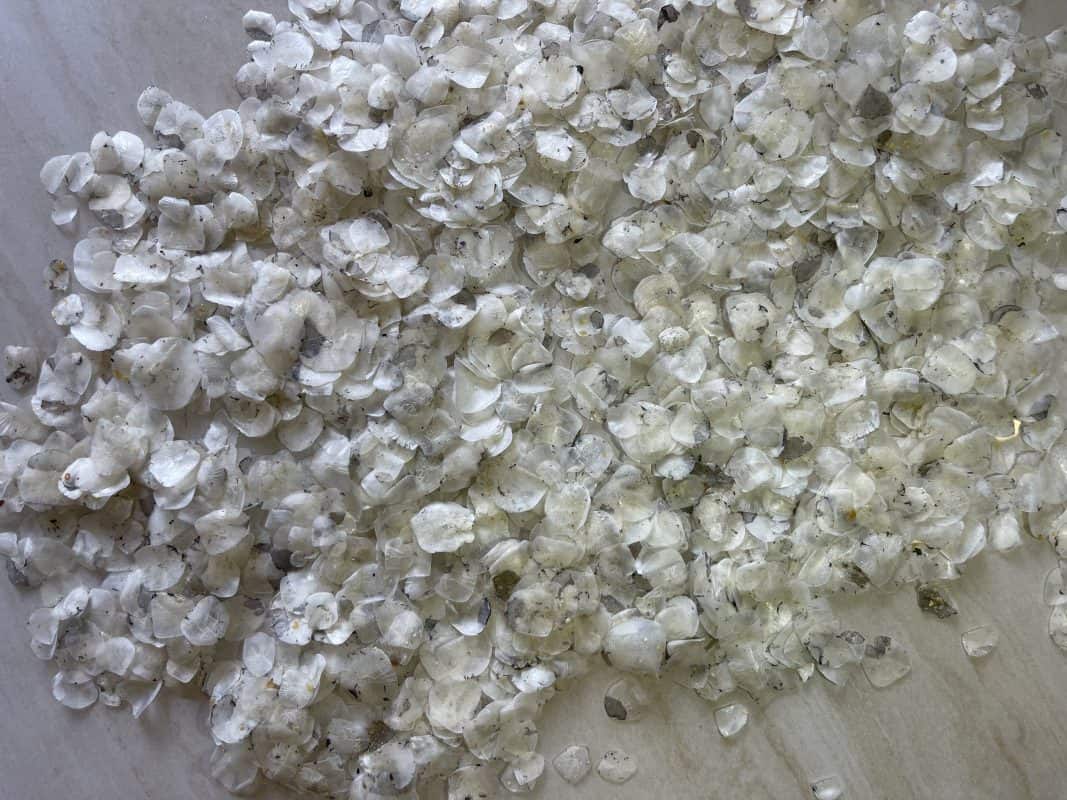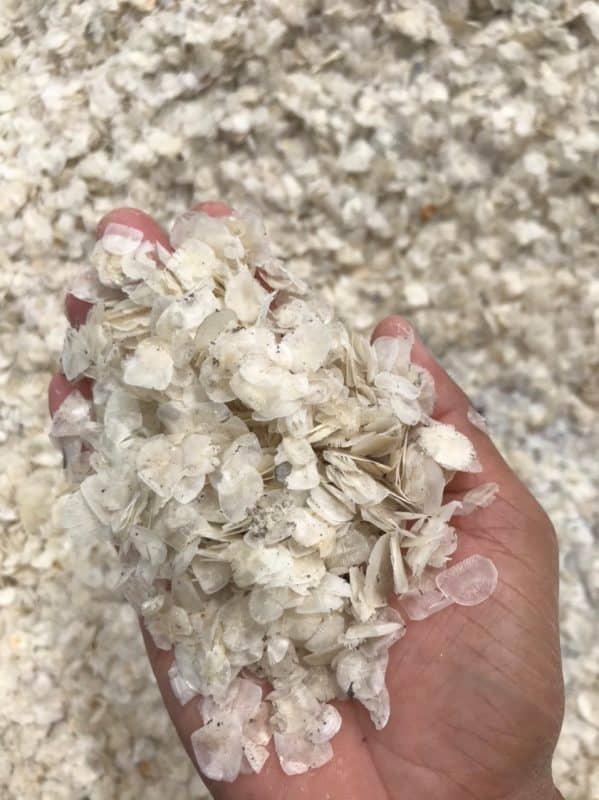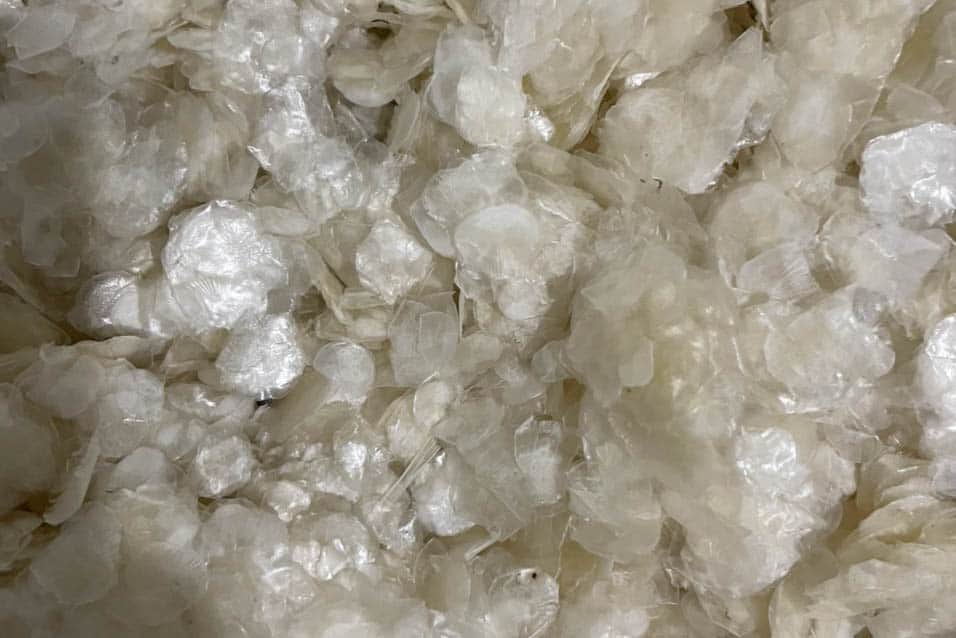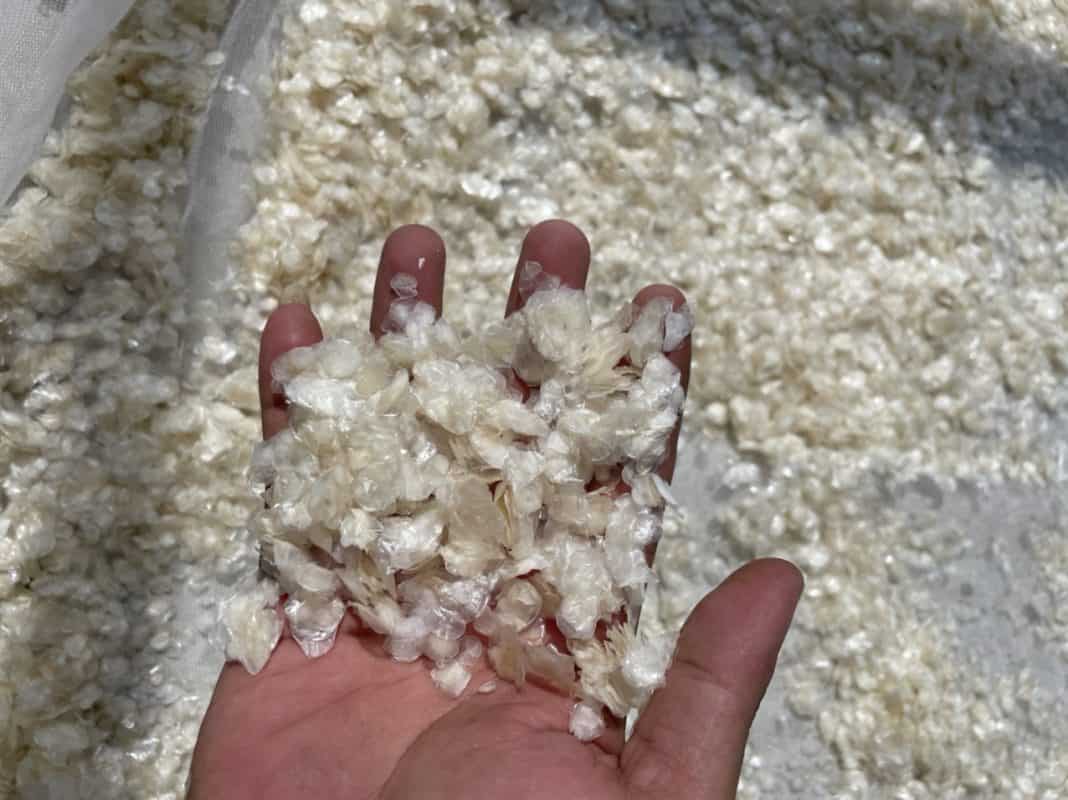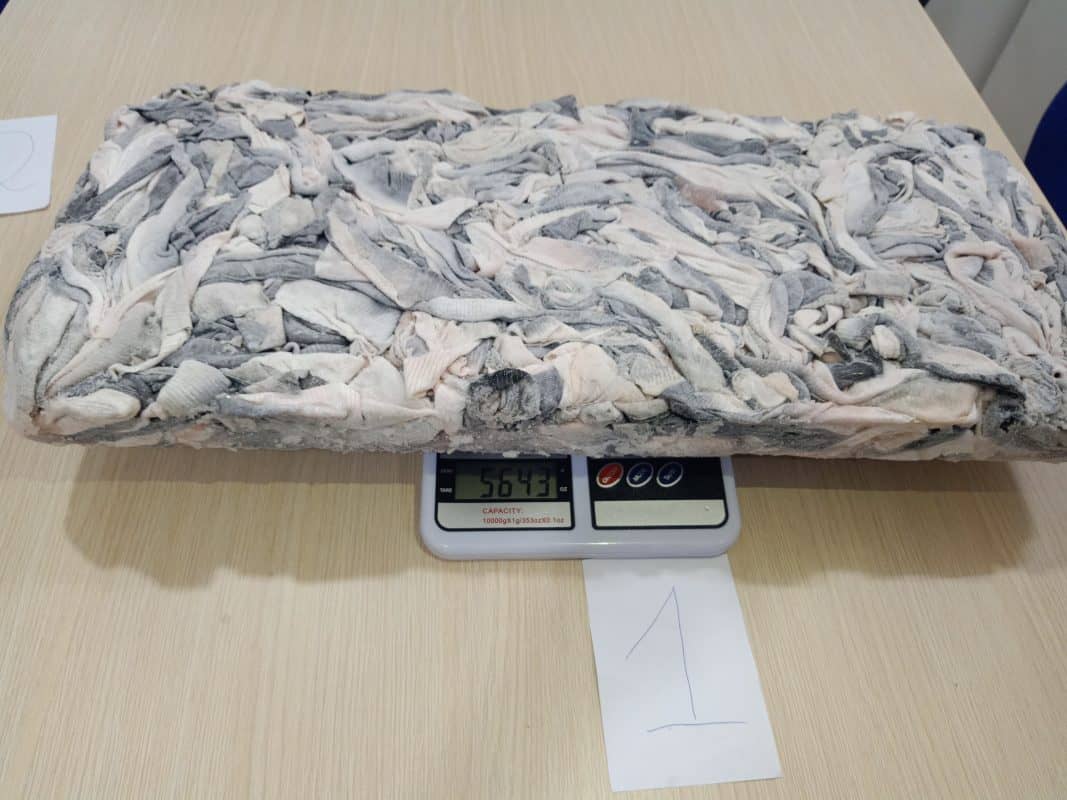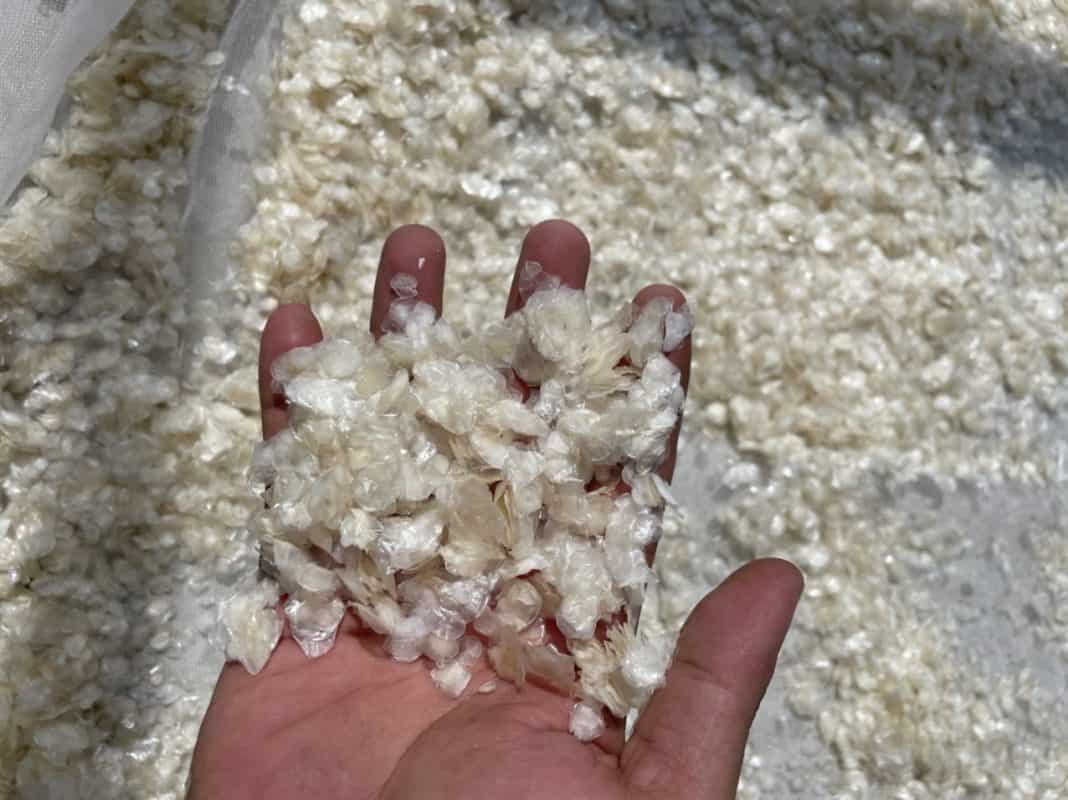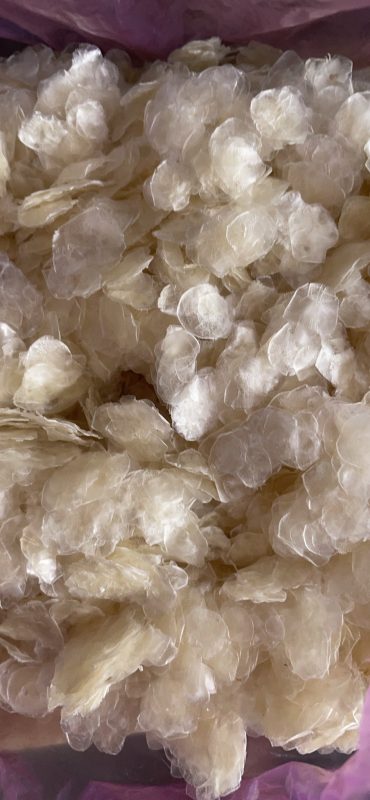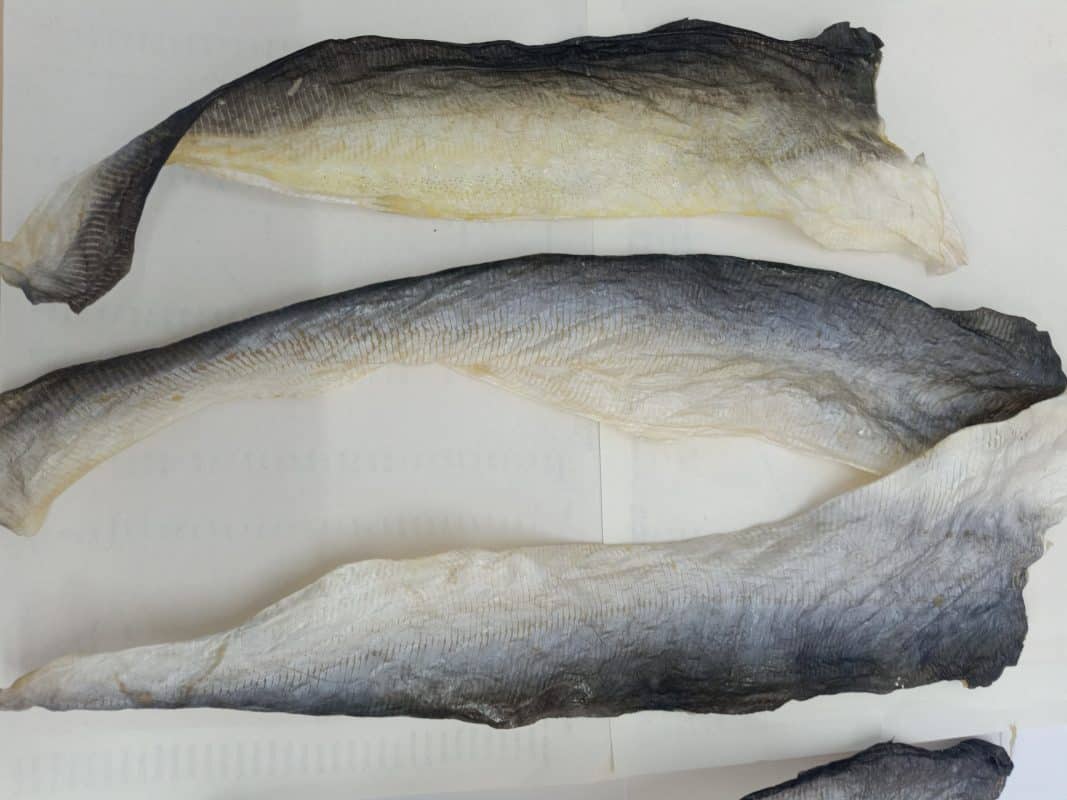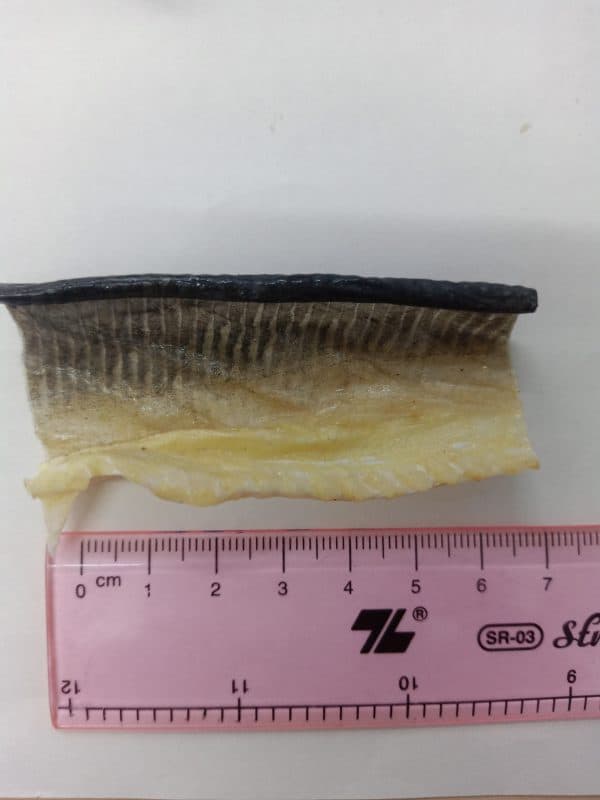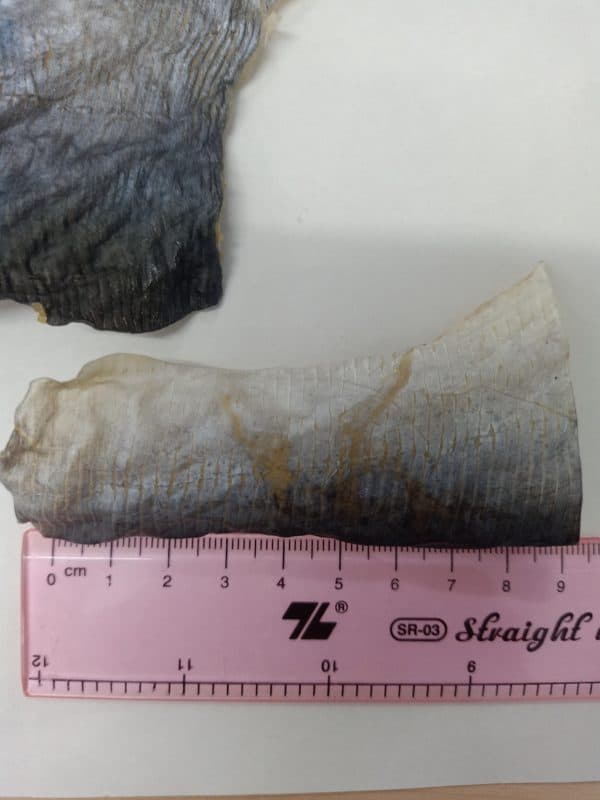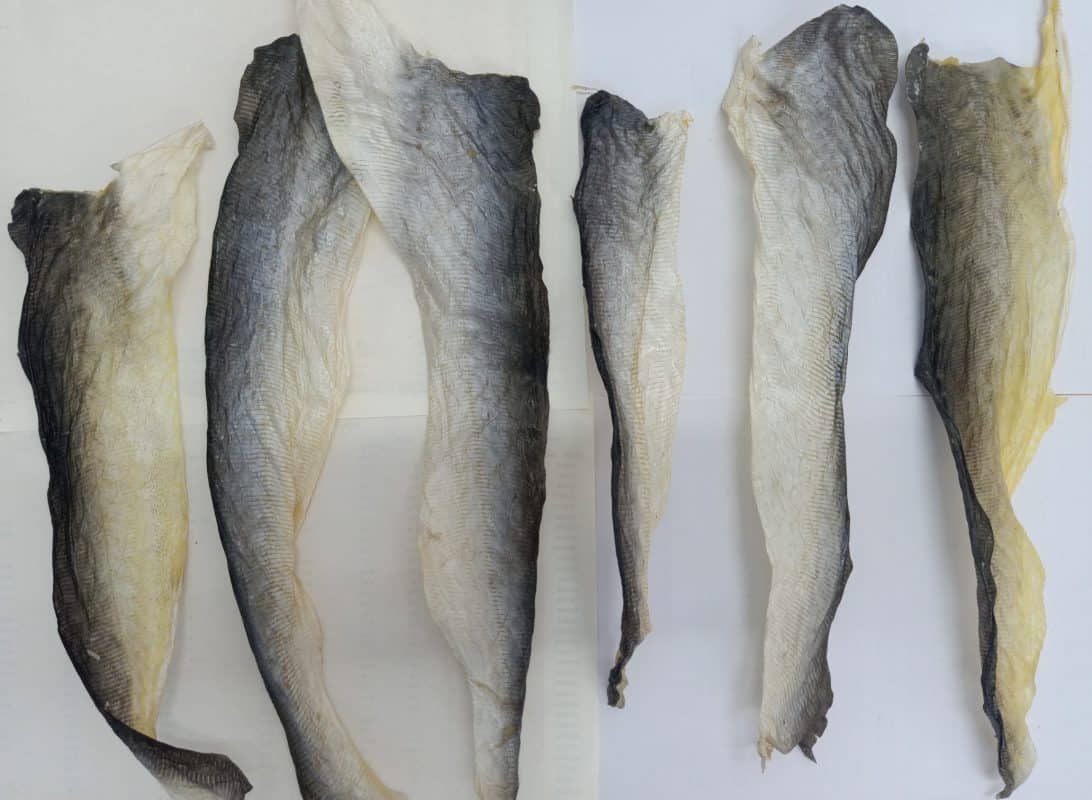Fish have scales very much for the same reasons we humans have skin. Scales and skin keep the insides of the fish on the inside, but more importantly, they protect fish against a variety of threats.
Body Parts of Mass Defense
Think of fish scales like very flexible armor. Its first defense is to protect the fish’s underlying structures such as nerves, blood vessels and bodily organs. Scales are made from incredibly thin pieces of bone. Some fish sport scales with rounded edges, while others have a defensive spiky shape.
These sometimes transparent bony flakes emerge directly from the inner layer of skin, or “dermis_.”_ Like our own fingernails, the tough little scales grow out of specific individual pockets in the dermis, and also grow by adding to the outside edges. In this way, the growth of a scale can also tell the approximate age of a fish, much like the rings of a tree.
The Best Defense is a Good Slime
Just as our skin protects us from harmful things in our environment, an “epidermis,” or thin outer layer of skin, also covers the scales of the fish. This outermost layer of protection contains tiny glands that produce that slippery mucus we feel when we touch a fish. That mucus is more important than simply helping the fish slip out of a predator’s grasp: It shields the fish against bacteria, pollutants and harmful substances in its environment.
Acrobatic Abilities
Scales also allow fish to be more streamlined and flexible in the water. The way they overlap enables the fish to bend and curl despite being covered in these solid plates. The U.S. government has taken note of this defensive ability, and has designed prototypes of body armor inspired by these amazing physiological attributes.
Whether your fish is a common guppy or a rare tropical perch, they all have scales that have adapted to their particular needs, habits and habitats.
Some Product from Fish Skin And Scales

